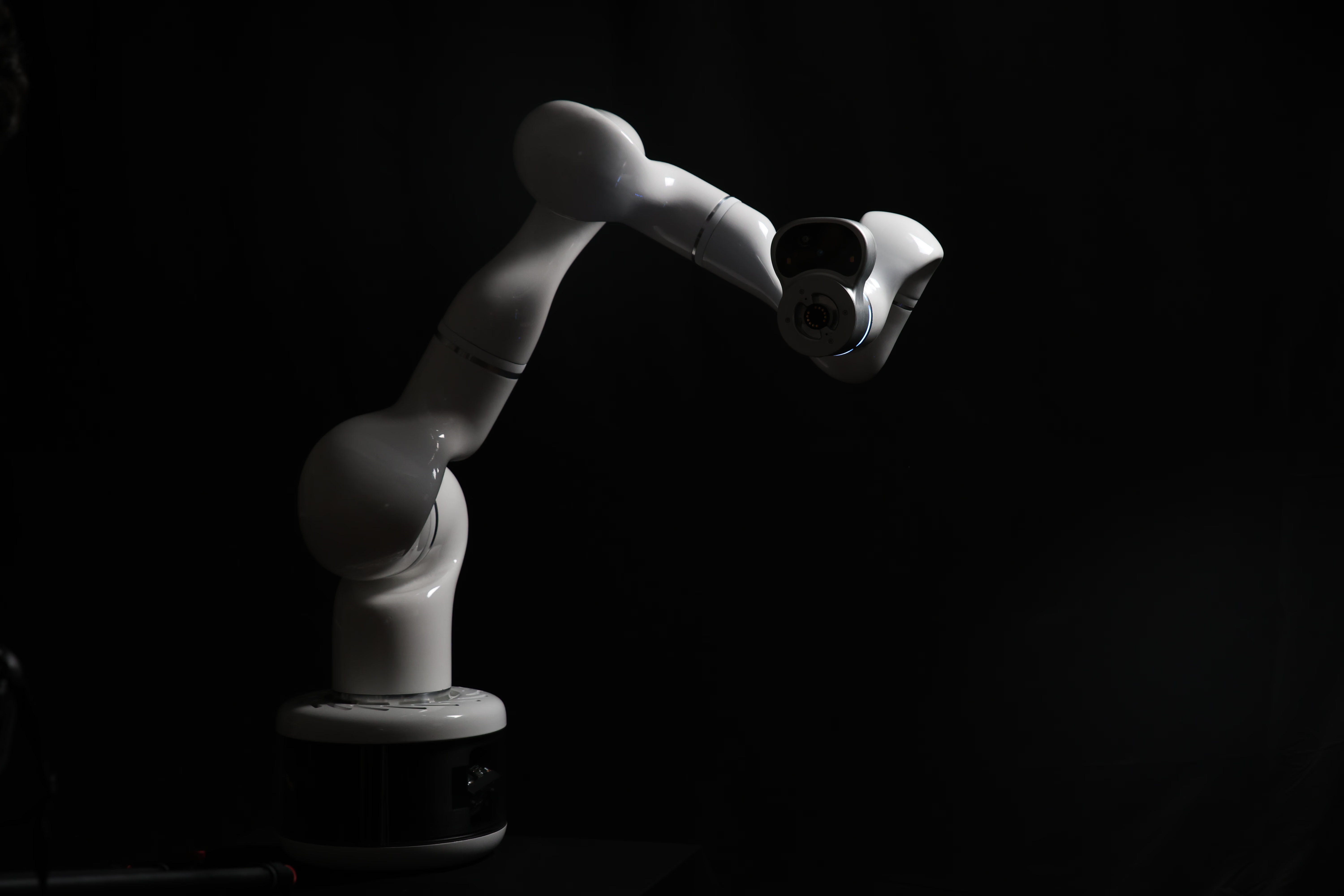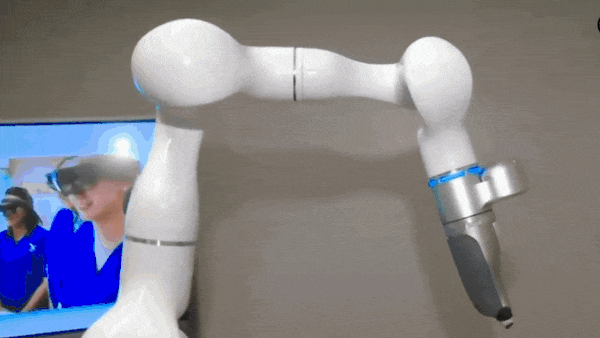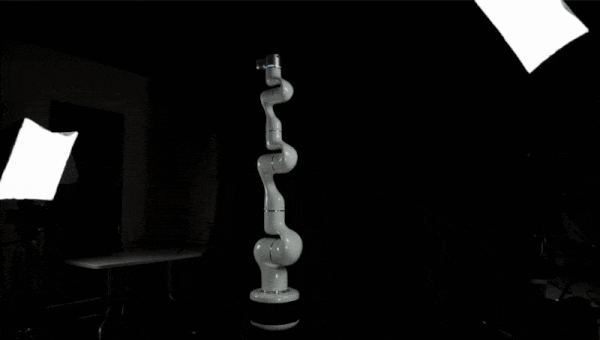Can a robot save your life?

As health-care systems around the world face growing pressure from aging populations and staff shortages, automation is stepping in to help. But what does that mean for patients? Will robots replace doctors? We spoke with Nima Zamani (BASc ’14, MASc ’18), co-founder of Cobionix, a Canadian robotics company developing autonomous medical technologies. Zamani is a Velocity and University of Waterloo alumn, and part of the founding team behind Cobionix alongside fellow alumni Tim Lasswell (BASc ’14, MASc ’17) and John Van Leeuwen (BSc ’81). Cobionix recently announced new funding of $4.1 million, led by TitletownTech, a venture capital firm backed by Microsoft and the Green Bay Packers. This funding will accelerate the deployment of CODI®, their multi-functional robotic platform designed to enhance healthcare delivery through advanced automation and AI.
What are the biggest misconceptions people have about robots in health care?

One of the biggest misconceptions is that people won’t feel comfortable interacting with robots. That fear is understandable because robots are still unfamiliar in clinical settings. But over time, we’ve seen that patients often feel more at ease with robotic systems, especially for routine procedures.
Unlike human providers, robots don’t judge. That can reduce anxiety for patients who feel self-conscious or hesitant to seek care. Robots also offer 24/7 availability and can be deployed in pharmacies, malls or remote communities, making health care more accessible.
This isn’t about replacing doctors or nurses. It’s about using robotics to handle repetitive tasks so human professionals can focus on complex care. With growing labour shortages, automation is essential to improving access and reducing wait times.
What kinds of procedures will robots handle first in Canada?
Most people have heard about and are familiar with surgical robots which are controlled by surgeons in real time. At Cobionix, we’re focused on a different category: autonomous systems for non-invasive or minimally invasive procedures.
One of our early projects was a needle-free injection system developed during the COVID-19 pandemic. Now, we’re working on robotic ultrasound; an in-demand, non-invasive procedure that’s safe and relatively simple to automate.
In Canada, wait times for ultrasounds can stretch from weeks to months. Automating these procedures can dramatically improve access. We also see potential in areas like physiotherapy and muscle rehabilitation. These are physically demanding tasks that robots can perform consistently, freeing up human providers for more complex care.
How do autonomous medical robots work and how do they make decisions?
The key enabler is artificial intelligence. Advances in AI and computing power now allow robots to run sophisticated models directly on the device.
These robots can recognize people, understand their environment, and communicate with patients in multiple languages. For example, in robotic ultrasound, the AI uses sensors and cameras to position the probe and capture the right image, just like a trained technician would.
How do you ensure these procedures are safe?
Safety is our top priority. We build multiple layers of safeguards into every system. The robot constantly monitors force, position and movement. If anything deviates from expected behaviour, it automatically shuts down.
We also include a hardware “watchdog” that operates independently of the AI and can override the system if needed. And if the robot encounters something it can’t handle, like an unusual anatomy, a remote technician can step in to guide the procedure.
Adoption will be gradual, with robots first handling routine tasks under supervision. But even as autonomy increases, patient safety and comfort will always come first.
When can patients expect to see robots in clinics?
Adoption will start slowly, but once the technology proves itself, it will accelerate. The benefits of shorter wait times, better access and scalable expertise are too significant to ignore.
What’s powerful about robotics is that once one system learns a task, that knowledge can be instantly shared across all systems. It’s like copy-pasting a skill across an entire fleet, something that’s not possible with human labour.
We expect to see early adoption in high-need areas, with broader rollout as trust and familiarity grow.

What’s the most surprising reaction you’ve seen from someone interacting with your robot?
Honestly, it’s how much people like it. There’s often skepticism at first. Robots in health care are still new. But once people see the robot in action, their perception shifts.
They’re surprised by how approachable and intuitive it is. Many expect something industrial or intimidating, but instead they meet a sleek, smooth-moving system that feels safe and even friendly.
That shift, from hesitation to enthusiasm, is one of the most rewarding parts of this work.
Velocity health companies are funded in part by the Government of Canada through the Federal Economic Development Agency for Southern Ontario (FedDev Ontario).